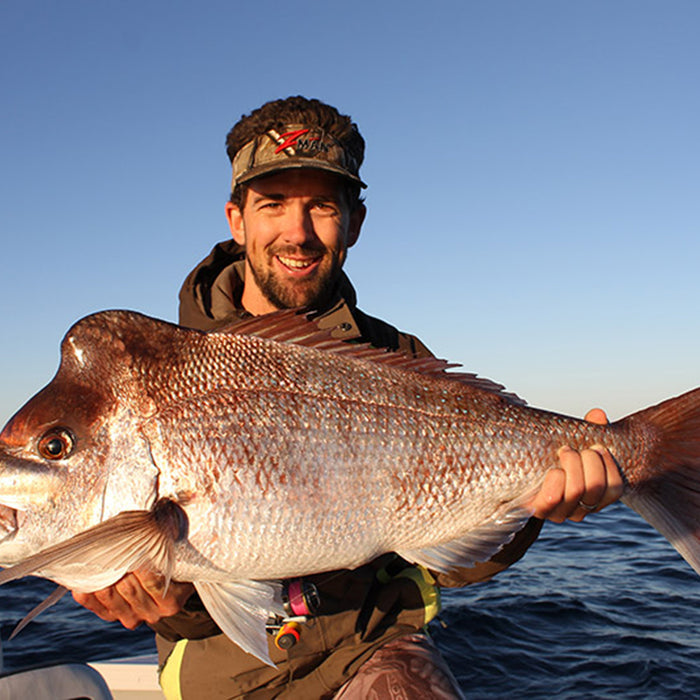
10 Tips - Land Based Flathead Fishing
Justin gives us some tips for targeting flathead land based, including gearing up and the where, when and how of land based lizards.
Read Article

Everything you need to know to be successful at fishing with soft plastic lures, all in one handy booklet that you can download and print today.







